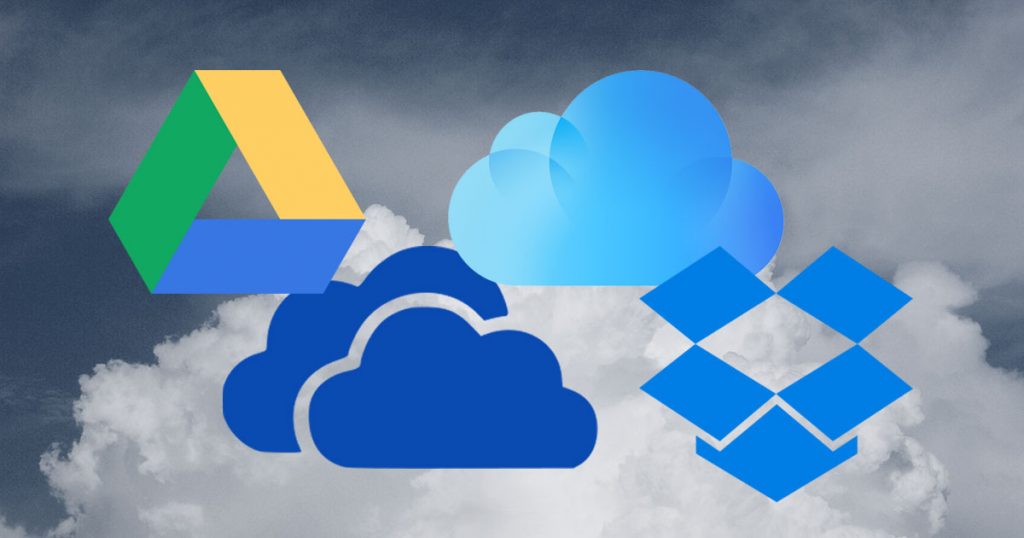

Granting access to files allows other users to collaborate by suggesting comments and edits. It doesn’t take a lot to figure out how to use it. Their features are straightforward and easy to use. You can also share the link via Gmail, Facebook, and Twitter. Moreover, there are more options in the “advanced sharing settings” to disable downloads and prevent editors from adding new users. In the sharing settings, you can permit access by entering an email address. You can modify the permissions by clicking ‘more’ that allows you to alter the link sharing features. It enables you to generate links for files and folders as well as permit permissions such as edit, comment or view. Known as one of the most popular cloud storage, Google Drive offers a surprisingly mediocre file sharing characteristics. The paid plans are termed as “ Google One” but the cloud storage itself is still named Google Drive.įurthermore, Google One offers new benefits: Live Expert Support Subscriber Perks You can share your storage quote up to 5 family members by choosing another plan, “Family Plan.” Google rebranded it’s Google Drive service pricing plans to Google One, giving it a brand of its own. On a side note, Google Drive storage services have been rebranded to Google One.

It is available on Windows, OS X, and apps on iOS and Android. Google Drive will enable you to save and share any kind of files with anyone as well as enables you to collaboratively edit documents, forms, spreadsheets, and slideshows presentations on their native office applications. Google Drive does offer more storage, but we’ll reveal more about it later. Launched in 2012, it was free to use as long as you have a Google account that allows you to store files up to 15GB. However, here’s what makes each of them different from one another. Thus, these standard features make Dropbox, Google Drive, and OneDrive a trendy choice when it comes to cloud storage space.


 0 kommentar(er)
0 kommentar(er)
